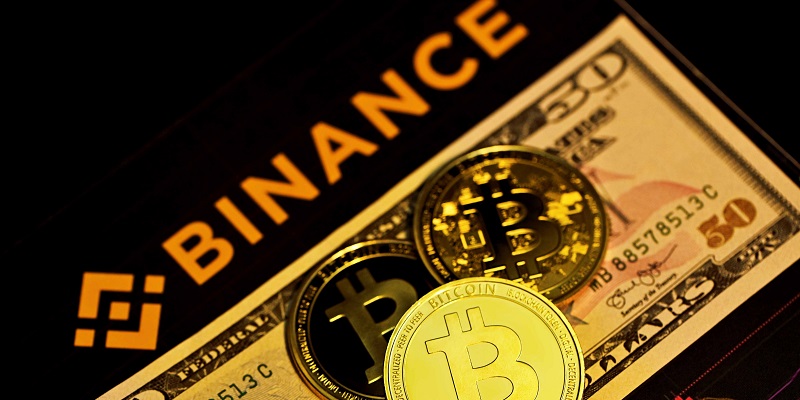The third quarter of 2023 has proven to be a challenging period for the cryptocurrency market. Despite some positive developments, such as Ripple and Grayscale’s court wins, the total market capitalization experienced an 8.6% decline quarter-on-quarter (QoQ). In this article, we will examine the key trends and challenges that shaped the crypto market during Q3 2023.
Market Capitalization Decline
The decline in total market capitalization, despite recent court wins, raises questions about the overall health of the crypto market. While positive news can trigger short-term rallies, it seems that broader market trends played a more significant role during Q3. Understanding the factors behind this decline is crucial for investors and industry participants alike.
Institutional Adoption
One bright spot in Q3 was the increased institutional adoption in the crypto space. Binance reported notable companies such as Grab, PayPal, Sony, and Deutsche Bank entering the market. This influx of institutional players brings credibility and liquidity to the market, potentially attracting more investors and driving further growth. Monitoring the implications of institutional involvement will be crucial moving forward.
Developer Activity
Q3 saw a decline in developer activity within the crypto market. This was evident from the decrease in the weekly active developer count, signaling a potential slowdown in innovation and progress. Understanding the reasons behind this decline, such as regulatory uncertainties or market consolidation, is essential to assess the long-term health of the crypto ecosystem.
Fundraising Activity
Another concerning trend in Q3 2023 was the significant drop in fundraising activity. The total funds raised fell by 21.4%, and the number of fundraising rounds dropped by 24.9% compared to the previous quarter. This decline may reflect cautious investor sentiment or a temporary lull in the fundraising landscape. Examining the reasons behind this decline will provide insights into market sentiment and its impact on the industry’s growth.
Crypto Fear & Greed Index
Q3 was marked by a decline in investor sentiment, as evidenced by the Crypto Fear & Greed Index losing 9 points and falling below the neutral mark of 50. This shift towards fear suggests that investors became more hesitant and risk-averse during this period. Monitoring the sentiment index will be crucial for understanding market dynamics and potential investment opportunities.
Blockchain Activity
Most blockchains experienced a decline in activity during Q3, with Near being a notable exception. It witnessed an impressive increase of about 120% QoQ. Understanding the reasons behind this divergence can provide insights into the underlying market dynamics and identify potentially successful blockchain projects amidst a downturn.
DeFi Market and Ethereum
The decentralized finance (DeFi) sector witnessed a 13.1% decline in total value locked (TVL) during Q3. However, Ethereum remained the largest blockchain, accounting for 55.1% of the TVL despite facing competition from other emerging platforms. Analyzing the implications of these developments for the DeFi ecosystem and its evolution will be crucial for both investors and industry observers.
NFT Sales
The NFT market experienced a significant decline in September, recording its worst month for sales. The average sale fell over 95% from $791.84 in August to $38.17 in September. This drastic decline raises questions about the sustainability and broader adoption of NFTs. Exploring the factors contributing to this decline will provide insights into the market dynamics and potential opportunities moving forward.
Transaction Fees
In Q3, the average transaction fee for Ethereum decreased to $4.80, providing some relief for users who had been experiencing high fees. Similarly, BNB Chain’s average transaction fees fell to $0.09, the lowest for the year. These fee trends have implications for user experience and adoption, as lower transaction fees can attract more users and drive increased usage within the ecosystem.
Q3 2023 presented both challenges and opportunities for the crypto market. While market capitalization, fundraising activity, and NFT sales experienced declines, increased institutional adoption and certain blockchain projects showcased promising growth. Understanding these key trends and challenges is crucial for investors and industry participants to navigate the ever-evolving crypto landscape. As the market continues to mature, monitoring these developments will be essential for making informed decisions and capitalizing on emerging opportunities.

